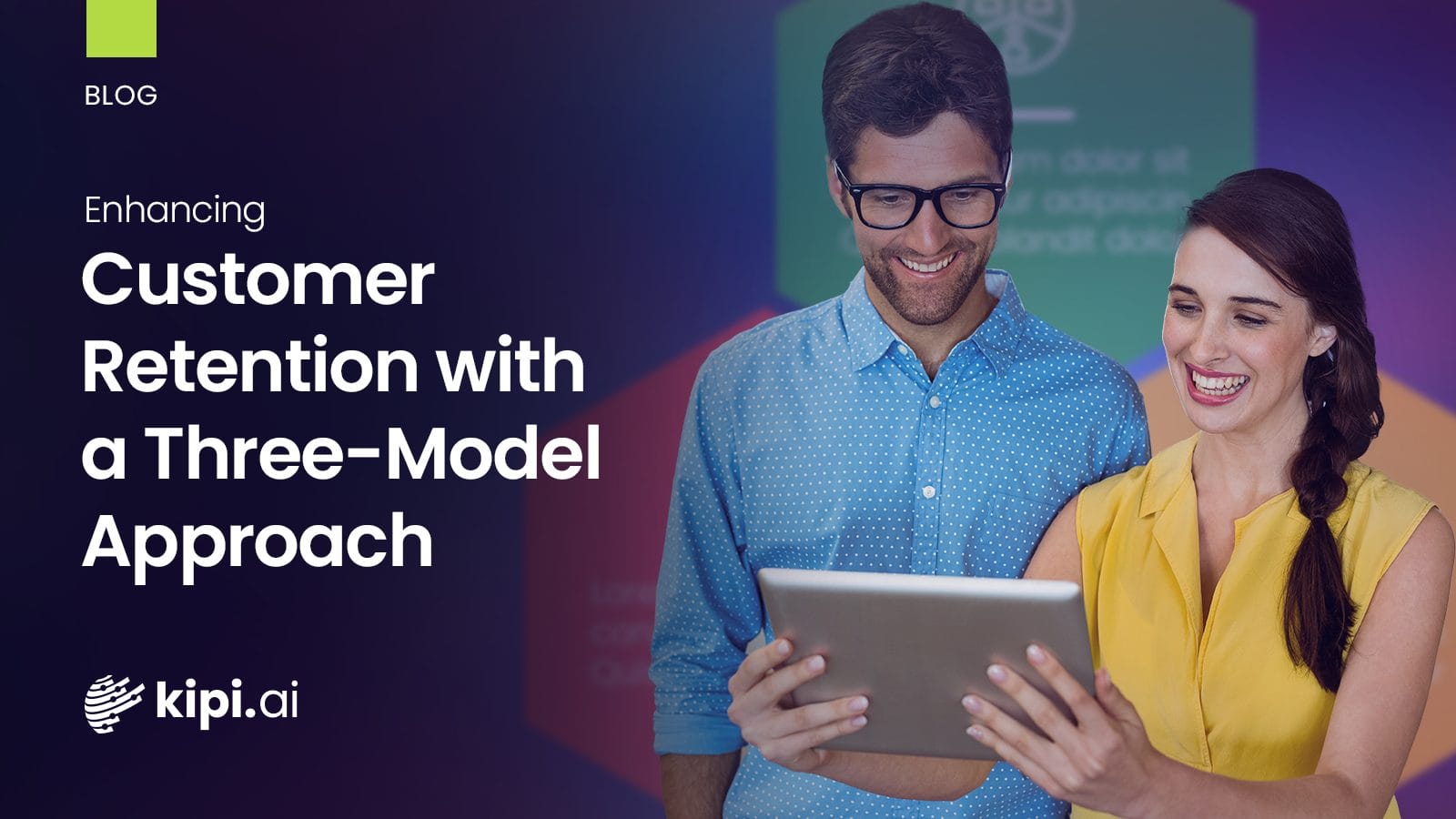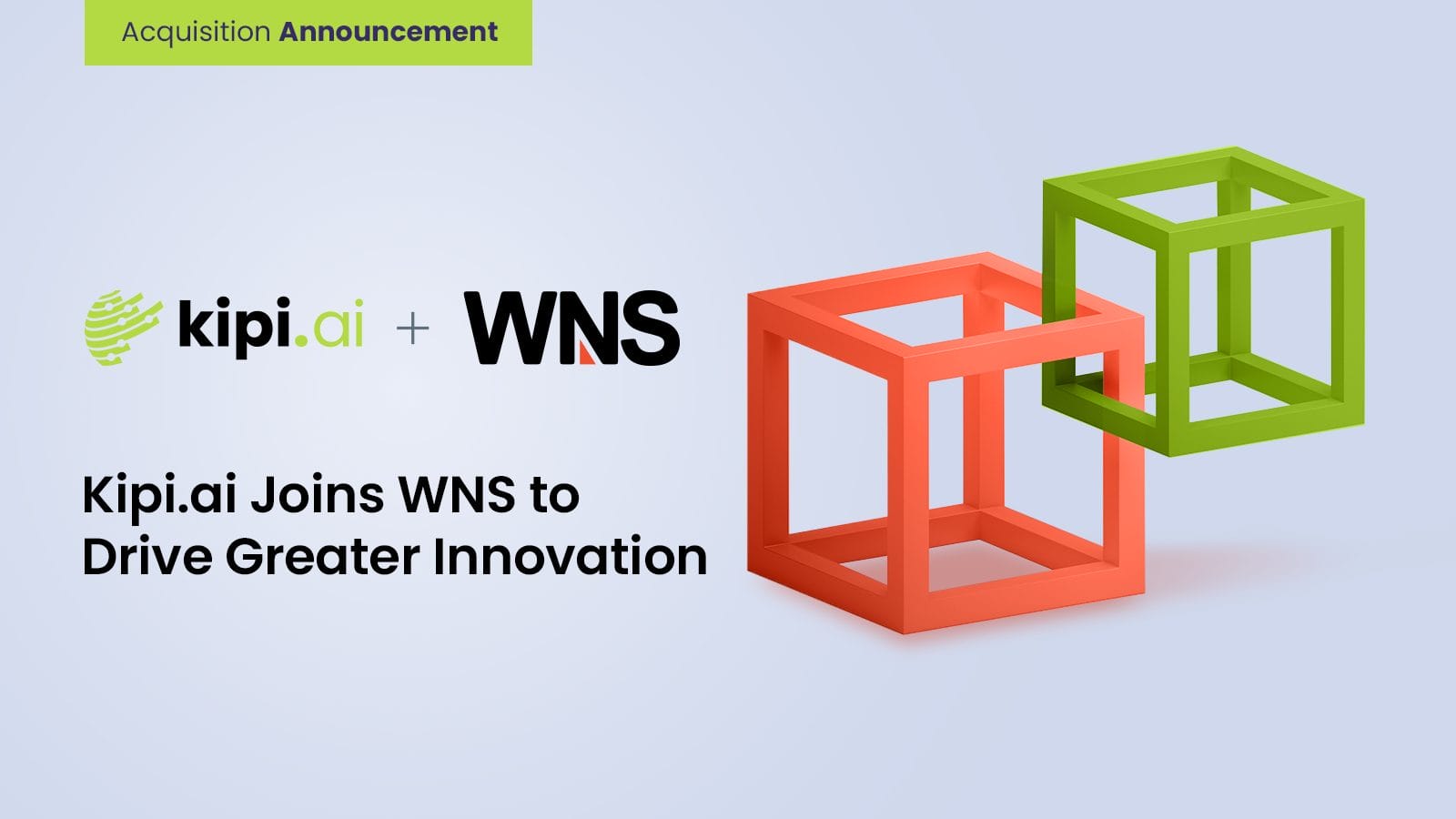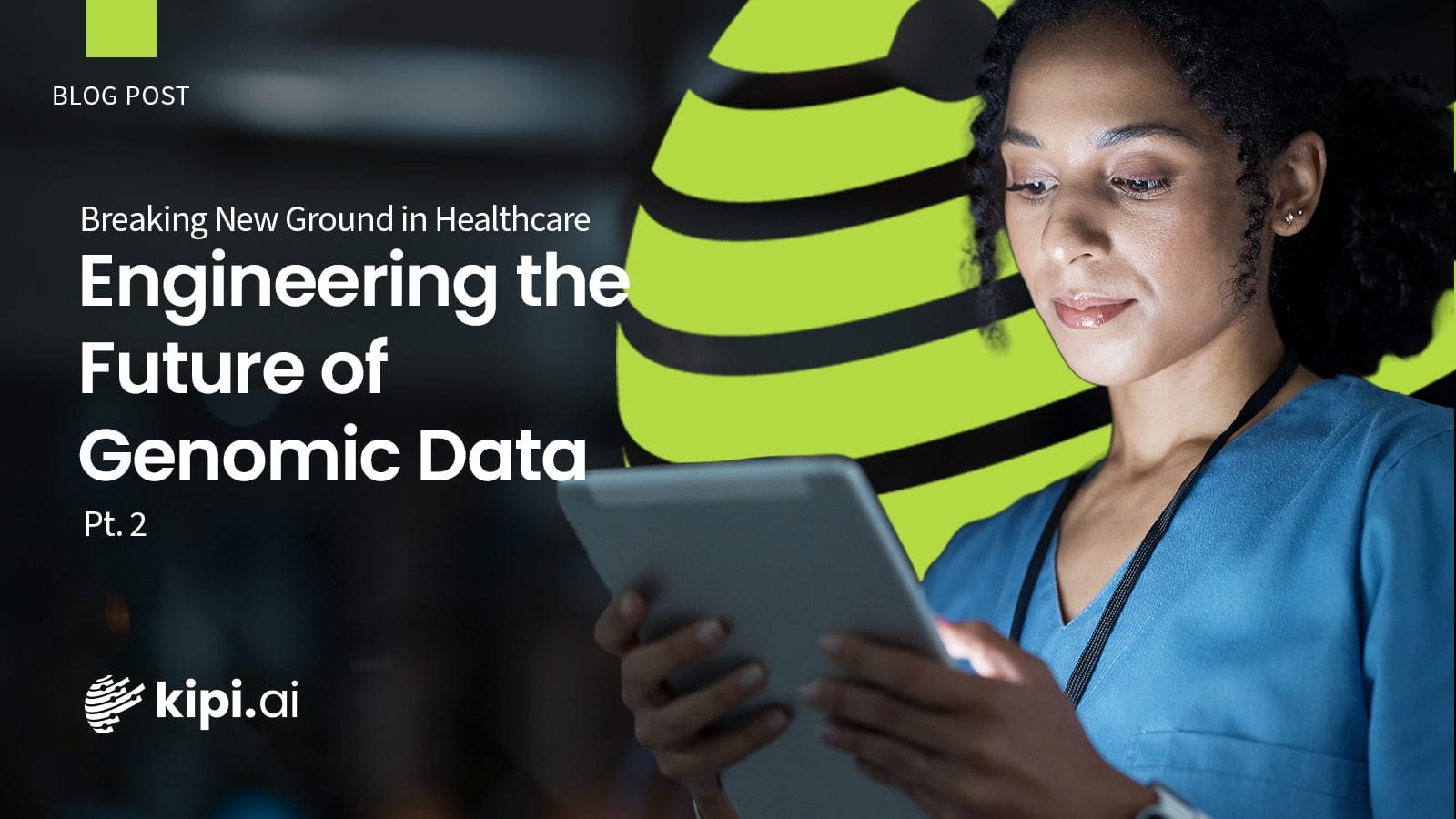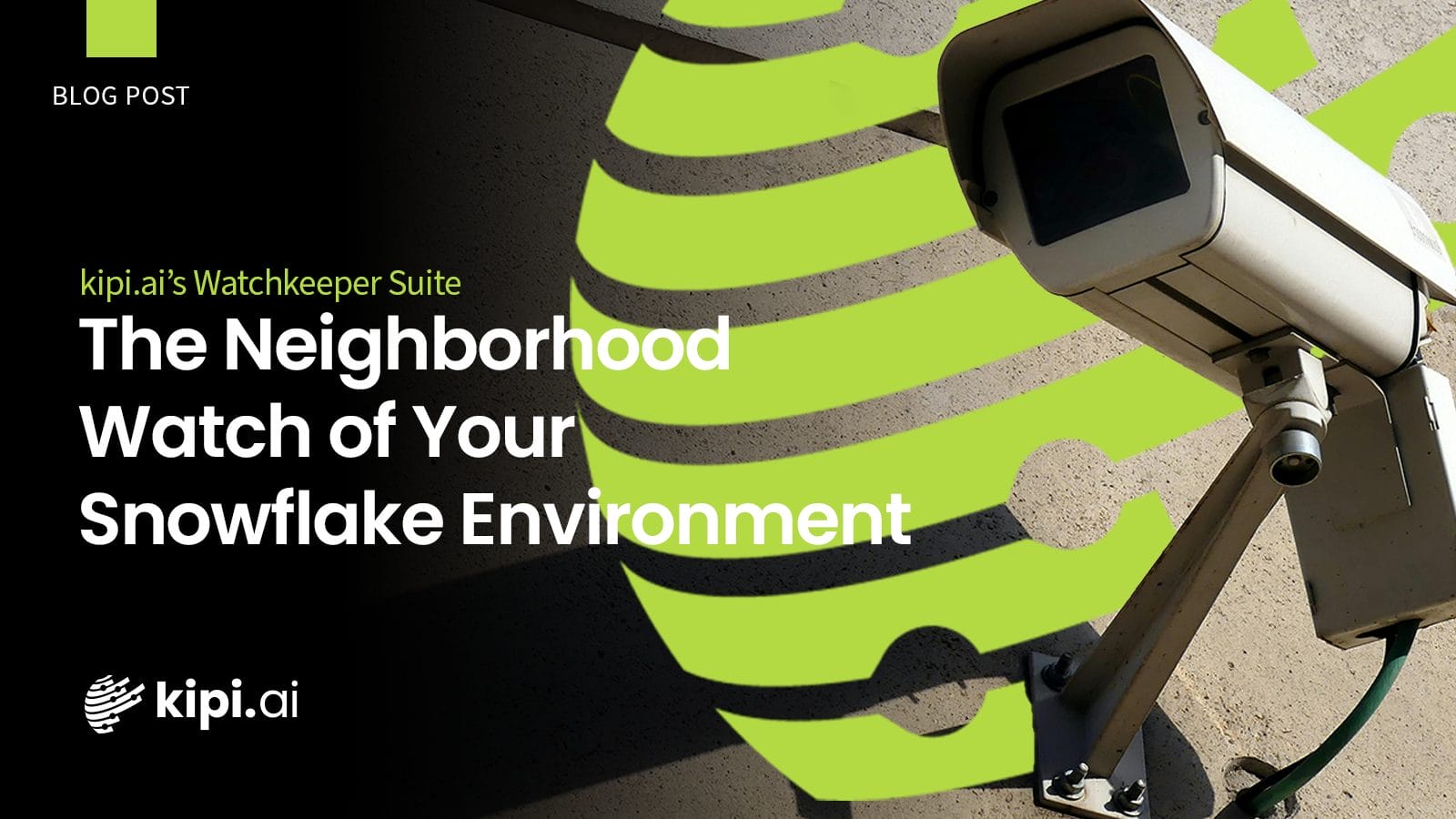Authors: Muskan Malviya and Anusree K J
Unlocking the Power of Customer Retention
Have you ever wondered how much it costs to acquire a new customer compared to retaining an existing one? Or perhaps, how accurately predicting customer behavior could revolutionize your business’s approach to customer retention? We’ll unravel the answers together in this blog. Through the power of advanced analytics and insightful exploration, we’ll navigate the challenges of rising churn rates and data fragmentation, offering actionable solutions to elevate your approach to customer engagement. We uncover the fusion of data science and strategic acumen, propelling your business toward sustained profitability and competitive advantage in the ever-evolving retail landscape.
Business Problem
Sustaining growth and profitability in today’s fiercely competitive market hinges on adeptly retaining customers. Research indicates that acquiring a new customer can be up to five times more costly than retaining an existing one. Businesses often struggle with retaining customers, which leads to increased churn rates and decreased revenue.
Here are some of the customer retention statistics:
- Customer churn costs U.S. providers $168 billion per year (CallMiner)
- U.S. companies could save over $35 billion per year by focusing on keeping their existing customers happy (CallMiner)
- In 2013, e-commerce businesses paid an average of $9 to acquire a new customer. By 2022, this had risen to $29 (a 222% increase).
- Customer retention is vital for the 61% of small businesses that say over half their revenue comes from repeat customers.
Overcoming this challenge requires a thorough analysis to gain a deep understanding of customer behavior. Predicting future purchases empowers businesses to refine their strategies, driving revenue growth and augmenting customer satisfaction. Leveraging predictive analytics and advanced algorithms enables businesses to discern valuable customers, anticipate market trends, and maintain competitiveness.
After buying from your online store for the first time, a customer has a 27% chance of buying again. After a second purchase, there’s a 49% chance they’ll buy again. And after a third purchase, the likelihood increases to 62%.
Relevance of the Problem
Within the current retail paradigm, the accurate forecasting of repeat purchases emerges as a cornerstone for cultivating customer loyalty and maintaining competitiveness amidst the rapid evolution of e-commerce trends. This critical necessity highlights the vital role of sophisticated data analysis techniques and a proactive approach to understanding and adapting to dynamic consumer behaviors.
Changing Consumer Behavior
With the continual evolution of market dynamics and intensifying competition, comprehending and predicting customer purchase behavior emerges as indispensable for businesses aiming to retain their competitive edge.
Loyal customers are worth up to 10 times their initial purchase value over their lifetime. (Source: White House Office of Consumer Affairs)
Data Availability and Technological Advancements
Technological strides have simplified the process of collecting and analyzing customer data, furnishing invaluable insights into customer behavior and preferences.
Enhancing Revenue Stability
- A 2% increase in customer retention has the same effect as decreasing costs by 10%. (Source: Leading on the Edge of Chaos, Emmett Murphy & Mark Murphy)
- Even a marginal 5% increase in customer retention can translate into profit boosts ranging from 25% to 95% in the retail sector.
Revenue Impact of Repeat Customers:
- Existing customers have a significantly higher likelihood of making purchases, with a 60% to 70% chance of buying compared to just 5% to 20% for new prospects.
- Repeat customers also spend notably more, about 67% higher, than new customers.
Emphasis on Customer Retention
Businesses are pivoting from a focus on acquiring new customers to nurturing existing ones, driven by the exorbitant costs associated with customer acquisition and the potential for greater profitability from loyal patrons.
Business Challenges
In the ever-evolving retail environment, grasping the likelihood of repeat purchases becomes pivotal for enhancing customer retention and maintaining a competitive edge amidst the burgeoning e-commerce landscape. Let’s delve deeper into addressing some key challenges faced by businesses in this context and propose relevant strategies:
Unraveling Churn Rate Dilemmas
The relentless battle against rising churn rates threatens customer retention and revenue stability. Crafting data-driven retention strategies powered by predictive analytics is key to retaining valuable customers and stemming revenue erosion.
Tackling Data Integration Hurdles
Data fragmentation inhibits comprehensive analysis, hindering insights into customer behavior. Embracing robust data integration platforms and adopting unified data repositories can unlock a wealth of actionable insights for strategic decision-making.
Forecasting Amid Market Turbulence
The ever-shifting market dynamics and evolving consumer preferences challenge businesses to accurately predict future customer behaviors. Harnessing advanced machine learning algorithms and real-time analytics empowers businesses to adapt swiftly to market nuances and drive proactive customer engagement.
Thriving in Competitive Warfare
The relentless competitive landscape demands a razor-sharp focus on market trends, customer segmentation, and competitor strategies. Employing cutting-edge customer segmentation techniques, leveraging AI-driven competitive intelligence tools, and harnessing social listening platforms enable businesses to craft agile strategies and maintain a competitive edge.
Increasing Customer Acquisition Costs
- Ecommerce businesses experienced a substantial increase in customer acquisition costs, from an average of $9 in 2013 to $29 in 2022, marking a 222% rise.
- Repeat customers also spend notably more, about 67% higher, than new customers.
Optimized Resource Allocation
Balancing marketing resources for optimal customer retention and cost management is critical. Implementing dynamic pricing strategies based on customer lifetime value (CLV), adopting agile marketing approaches, and executing targeted campaigns maximize ROI and ensure long-term profitability.
Confronting these challenges head-on requires a strategic blend of data-driven insights, technological prowess, and agile decision-making. By embracing innovation and adopting a customer-centric approach, businesses can unlock new growth opportunities and fortify their position in the fiercely competitive retail landscape.
Impact of Solving the Problem
Addressing these challenges engenders a cascade of benefits for businesses, including engagement rates and conversion rates through targeted marketing campaigns grounded in predictive analytics. Embracing predictive and advanced analytics furnishes a competitive edge in the data-driven marketplace, while tailoring products and services to individual preferences begets happier customers and enhanced satisfaction. Enhanced understanding facilitates targeted marketing initiatives, personalized offerings, and superior customer experiences, fostering loyalty and satisfaction. Preemptive identification of at-risk, about-to-lose customers, risks like market fluctuations or supply chain disruptions helps mitigate negative impacts while building enduring relationships through data-driven strategies yields sustained revenue streams and fortifies the business’s market position.
Architecture Overview
Data Source: Retail
● Starting point: Raw retail data files from the SFTP server
● Contains: Customer transactions, product purchases, inventory levels, sales channels
Raw Layer
● Initial landing zone for ingested data in Snowflake tables
● Preserves raw, unprocessed data for access
● Central repository for subsequent transformation and analysis
ML Layer
● Conducts EDA, feature engineering, model training, and version control
● Enables efficient development and management of ML models within Snowflake
Consumption Layer
● Interface for users to interact with analytical outputs and models
● Features Streamlit application with customizable filters and visualizations
Ingestion Layer: Amazon S3
● Bridge between retail data source and Amazon S3 storage
● Secure transfer and storage of raw data files
● Leverages scalability, durability, and security features of Amazon S3
Transform Layer
● Ensures data quality and prepares data for analysis in Snowpark UDF
● Tasks include data type validation, column integrity checks, and typecasting
Analytics Layer
● Repository for storing predictions and results from model deployment
● Organizes insights for future reference and packaging into applications
Methodology
The project encompasses comprehensive customer behavior analysis, predictive modeling for new purchases, customer segmentation through data clustering, utilization of historical data for insights, and interpretation of model results for actionable insights. However, certain aspects such as long-term monitoring and maintenance, in-depth customer segmentation analysis, extensive experimentation, and integration with ERP or CRM platforms fall outside the project’s scope.
Technical Challenges
Here are the technical challenges faced while building the repeat purchase probability app:
RFM Analysis: Implementing Qcut and clustering methods for RFM analysis posed challenges in accurately segmenting customers based on recency, frequency, and monetary values.
Segmentation: Utilizing KMeans clustering for segmentation required fine-tuning to ensure meaningful customer groupings for targeted strategies.
Prediction Model: Integrating LightGBM for prediction faced challenges in model training and inference deployment, especially in real-time predictions and customized discount recommendations.
Stored Procedures: Designing stored procedures for data cleaning, feature selection, RFM analysis, segmentation, and model training required meticulous handling to ensure consistency and accuracy across processes.
Inference and Customized Recommendations: Generating point inference based on new data and customizing discount recommendations posed complexities in real-time decision-making.
Data Balancing: Implementing SMOTE for data balancing faced issues due to compatibility constraints with encoded features, leading to iterative adjustments in the data handling processes.
These challenges highlight the intricacies of integrating diverse analytical techniques into a cohesive and efficient system while ensuring robustness and accuracy in decision-making processes.
Results
RFM Analysis Segmentation: Utilized RFM analysis to segment customers into four distinct groups: Champions, At-Risk, Recent, and Loyal customers. This segmentation strategy helps understand customer behavior by identifying specific patterns based on recency, frequency, and monetary values, allowing targeted marketing and personalized strategies.
K-Means Clustering for Segmentation: Implemented K-means clustering with K=4 to refine customer segmentation, providing a deeper understanding of customer preferences and purchase patterns. This approach enables businesses to tailor products, services, and marketing campaigns to each customer segment effectively.
PCA for Enhanced Segmentation: Applied Principal Component Analysis (PCA) to enhance segmentation accuracy, resulting in more meaningful and actionable customer insights. PCA aids in reducing dimensionality while preserving relevant information, contributing to better decision-making processes.
Model Evaluation Metrics: Evaluated segmentation models using metrics such as Silhouette Score and Calinski Harabasz Score to ensure robust clustering results. These metrics validate the effectiveness of segmentation methods in capturing distinct customer segments accurately.
Identifying Customer Segments: Identified key customer segments based on income levels, purchase behavior, and engagement patterns. This granular segmentation provides valuable insights into customer preferences, loyalty levels, and potential churn risks, facilitating targeted retention strategies.
Predictive Modeling for Repeat Purchase Probability: Leveraged Pycaret and LightGBM for predictive modeling to forecast customer repeat purchase probability with high accuracy (90%). This predictive capability empowers businesses to anticipate customer behavior, optimize inventory management, and enhance marketing effectiveness.
Personalized Discount Strategies: Developed personalized discount and campaign recommendations tailored to each customer segment. These targeted strategies foster customer loyalty, improve customer satisfaction, and drive revenue growth by catering to individual customer needs and preferences.
Future Enhancements
Future iterations could incorporate real-time data streams for dynamic predictions, integrate customer feedback channels for sentiment analysis, expand the analysis to include omnichannel customer interactions and implement automated decision-making processes based on predictions.
Real-time Data Streaming and Monitoring:
Implement real-time data streaming capabilities to capture and analyze customer behavior data as it happens. This enables immediate responses and personalized interactions based on recent customer activities.Implement robust monitoring dashboards
Integration of External Data Sources:
Incorporate external data sources such as social media interactions, browsing patterns to enrich customer profiles. This comprehensive data integration enhances predictive capabilities and segmentation accuracy.
Personalized Recommendations and Offers:
Leverage advanced recommendation engines powered by machine learning to provide personalized product recommendations and targeted promotional offers. This enhances customer engagement and encourages repeat purchases.
Strategic Bundling: Pair low-occurring products with popular items in bundles or packages to incentivize customers and increase exposure, boosting repeat purchase potential.
Conclusion (Segmentation, Prediction, and Customer Behavior)
Based on different probabilities of customers repeating or non-repeating, customized discount suggestions have been incorporated into the predictions for the unseen data.
| Behavior | Conversion | Growth | Campaigns | |
| At Risk Customers | Customers who were previously active but are now less frequent or lower in value. | Identify the reasons for their reduced activity and address their concerns. Personalize offers and communication. | Re-engage them through win-back campaigns, loyalty programs, or improved customer service. | Send win-back campaigns with targeted offers or loyalty rewards. |
| Recent Customers | Demonstrate high engagement, recent purchases, and strong brand loyalty. | Strengthen the relationship with personalized engagement, retention strategies, and feedback collection… | Keep the momentum by offering exclusive benefits and outstanding customer service, as these customers joined the customer base recently | Exclusive offers, loyalty rewards, excellent customer service,multi-channel approach |
| Loyal Customers | Strengthen the relationship with personalized engagement, retention strategies, and feedback collection… | Customers with high potential but have shown strong loyalty yet. | Engagement and recognition, Cross-Selling and Upgrading | Incentives for loyalty, Testing and optimization of campaigns,cross-selling, and upselling. |
| Champions | Highly active, frequent, and high-value customers. | Maintain their loyalty by providing top-notch service and rewards. | Recognize their loyalty with exclusive benefits. | VIP rewards, early access, and personalized offers. |
The approach of predicting whether a customer will repeat a purchase in the next three months by utilizing RFM (Recency, Frequency, Monetary) metrics, RFM segmentation, and predictive modeling with binary outcomes (1 for repeat, 0 for non-repeat) offers significant value to businesses.
Predictive Modeling Advantages:
- Employing techniques like the LightGBM classification algorithm predicts if a customer will repeat a purchase (1) or not (0), aiding in targeted retention efforts and personalized marketing strategies.
Strategic Resource Allocation:
- Identifying customers likely to make repeat purchases optimizes marketing efforts towards high-value segments, improving ROI and revenue outcomes.
Proactive Customer Engagement:
- The approach enables businesses to proactively engage with customers with personalized retention strategies, enhancing satisfaction and loyalty.
Data-driven Insights:
- Leveraging predictive analytics provides actionable insights for informed decision-making, driving long-term profitability and competitiveness in the market.
Enhancing customer retention through a three-model approach that combines RFM (Recency, Frequency, Monetary) analysis, segmentation, and predictive modeling offers businesses a powerful strategy to drive long-term profitability. By accurately predicting repeat purchase behavior, companies can tailor their marketing efforts, optimize resource allocation, and proactively engage with customers. This approach not only boosts customer satisfaction and loyalty but also strengthens the overall competitiveness of the business in an increasingly data-driven market. As businesses continue to face rising customer acquisition costs and evolving consumer behaviors, leveraging predictive analytics becomes essential for sustaining growth and maintaining a competitive edge. With continuous advancements in data science and technology, the future holds even greater potential for refining these strategies, leading to more personalized customer experiences and sustained business success.







